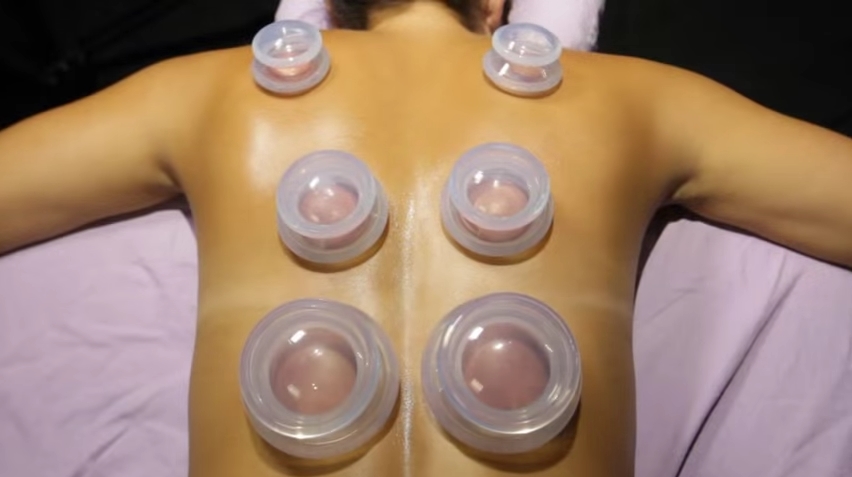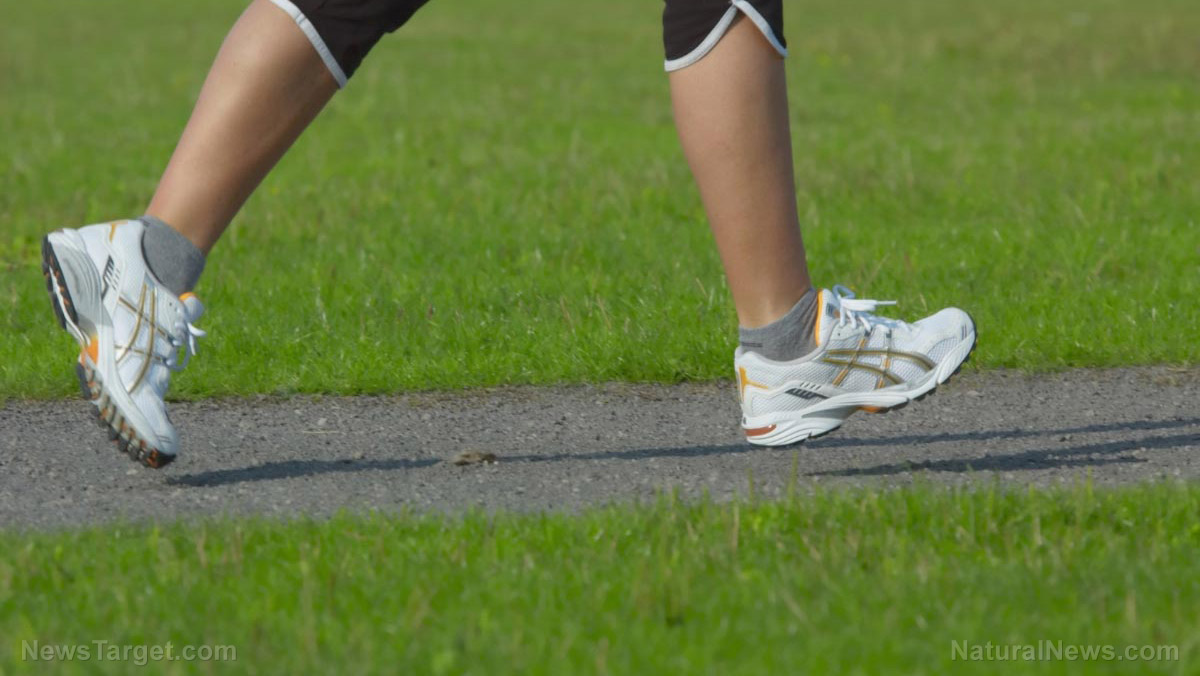Physical exercise reduces the likelihood of developing Type 2 diabetes and cardiovascular disease
01/15/2019 / By Ellaine Castillo

It’s never too late or early to start exercising. In fact, a recent study from the University of Eastern Finland suggests that you should encourage your children to exercise to reduce their risk of developing diabetes and cardiovascular disease later on. This is because the risk factors for these diseases start accumulating in childhood even if their consequences only manifest during adulthood.
The study, which was published in the Scandinavian Journal of Medicine & Science in Sports, evaluated the effects of sedentary behavior as well as vigorous, moderate, and light exercise on the different risk factors of Type 2 diabetes and cardiovascular disease. These include body fat content, waist circumference, insulin and glucose levels, blood lipids, and blood pressure. To make sure that there was no bias in reporting physical activity, the children wore devices that measured the amount of exercise and sedentary behavior for at least four days. The researchers also considered changes in activity during different days of the week, so their measurement period included weekdays and the weekend.
In the two years following the start of the study, the researchers observed that the children who increased their amount of vigorous exercise exhibited lower overall risk and individual risk factors of Type 2 diabetes and cardiovascular disease. Vigorous exercise refers to physical activities that lead to shortness of breath and perspiration when you participate in them. On the other hand, children who increased their sedentary behavior had a higher risk of developing these diseases. Furthermore, these changes were observed to occur regardless of gender, biological maturity, lean body mass, and the initial levels of risk factors.
“A physically passive lifestyle is gradually becoming alarmingly widespread among children and young people almost all over the world. Our findings provide support for the role of physical activity in preventing common chronic diseases already in childhood,” said Juuso Väistö, a researcher from the University of Eastern Finland and the first author of the study.
From these results, the researchers concluded that it is important to regularly do vigorous exercises and avoid physical inactivity in order to prevent Type 2 diabetes and cardiovascular disease. (Related: Exercise is the most powerful lifestyle medicine that prevents the development of multiple chronic diseases.)
How to encourage your children to exercise
Parents only want what’s best for their children and if that means encouraging them to exercise, then go for it. Unfortunately, this can get a bit tricky since children nowadays are surrounded with so many distractions like video games and the internet that prevent them from going outside to play. If you are experiencing these problems, here are some tips on how you can encourage them to become more active:
- Be a role model — Most children copy whatever it is that they see other people are doing, whether it be good or bad. So if you start engaging in physical activities, your children will most likely follow in your footsteps.
- Make exercising fun — Fun is the primary motivator for children for doing things so if they don’t enjoy exercising, it would be hard for them to turn it into a habit. Try turning on some music to encourage them to get moving or find your child a sport that they’ll enjoy doing.
- Limit time with technology — Technology can take up most of your children’s time, leaving them with no chance to exercise. Gradually limit the time your children spend watching TV or playing on the computer and offer them more active options like sports lessons.
Read more news articles about the health benefits of physical exercise by visiting Naturopathy.news.
Sources include:
Tagged Under: disease prevention, physical activity, risk factors, sedentary behavior, Type 2 Diabetes, vigorous exercise



















